The angel trumpet plant, also known as brugmansia, is renowned for its stunning, fragrant blooms that can grow over a foot long Though all parts of this plant are notoriously toxic, images of the angel trumpet continue to enchant gardeners worldwide. In this article, we’ll explore captivating pictures of the angel trumpet and discuss why this notoriously poisonous plant remains so popular.
A Dangerous Beauty
One look at an image of an angel trumpet in full bloom makes it easy to see why these plants cast a spell over so many. Their enormous pendulous flowers come in a kaleidoscope of colors from pristine white to blush pink, sunshine yellow, burnt orange, and deep crimson. The blooms have an ethereal, delicate texture and emit an intoxicatingly sweet fragrance, especially in the evenings.
Angel trumpets can flower multiple times a day when conditions are ideal, sometimes bursting open in great masses for a jaw-dropping display. They are unusual in their ability to bloom both during the day and at night. No matter when an angel trumpet is captured in a photo, it never fails to impress. The flowers look stunning whether illuminated by daylight or moonlight.
Yet as gorgeous as they are, all parts of angel trumpets contain dangerous levels of alkaloids like atropine, scopolamine, and hyoscyamine. These can cause serious side effects such as paralysis, confusion, hallucinations, and even death when ingested.
This mixture of beauty and toxicity has earned the angel trumpet a reputation as a purely ornamental plant that should never be consumed. As a result you’ll often see cautionary signs next to angel trumpets in public gardens and some regions prohibit the sale of brugmansia entirely.
Still, images of angel trumpets proliferate, as if their visual appeal has caused people to overlook their more sinister side. For many gardeners, the chance to grow such a show-stopping plant outweighs the risks involved.
Varieties to Grow
One reason angel trumpet pictures showcase such variety is the many hybrids and cultivars available. Some popular types include:
-
‘Charles Grimaldi’ – Enormous, 20-inch peach-apricot blooms have won international flower awards.
-
‘Papaya Punch’ – Produces 8-inch flowers that unfurl in a vibrant reddish-orange before fading to pale yellow. It has a tropical, fruity scent.
-
‘Blush’ – More compact at just 3-4 feet tall, it bears blush pink blooms with buttery yellow throats.
-
‘Minerva’ – An heirloom with huge, 15-inch, intensely fragrant white flowers that dangle from sturdy branches.
-
‘Inca Gold’ – A rare yellow-flowered angel trumpet. Blooms last up to a week before fading to burnt orange.
-
‘Cypress Gardens’ – Ideal for containers. Young plants flower prolifically at just 3 feet tall, with dozens of white blooms that fade to pale salmon.
Growing Angel Trumpets
While angel trumpets need tropical warmth to reach their full potential, they can be grown in pots and overwintered indoors even in colder climates. More compact varieties like ‘Blush’ are best suited to container culture.
To maximize their floral display, site angel trumpets in a spot with full sun and fertile, humus-rich soil with excellent drainage. Give containerized plants a thorough soaking whenever the top inch of soil dries out, and feed weekly with a balanced liquid fertilizer during the growing season.
In late winter, prune angel trumpets back by one-third to remove any dead branches and encourage bushy new growth. Regularly misting the leaves and pinching off spent blooms keeps plants looking their best.
Alluring Yet Lethal
With their elegant hanging trumpet flowers and seductively sweet scent, angel trumpets present a unique blend of stunning beauty and lethal danger that has enthralled people for centuries. Their popularity endures, with images of these ornamental plants circulating widely even as awareness of their toxicity spreads.
Perhaps some of the allure lies in the thrill of growing a plant so lovely yet so deadly. But for most growers, it is the angel trumpet’s exquisite, fragrant blooms that fuel their passion despite the very real risks. These stunning photos prove that beauty exerts an irresistible pull on the human spirit, even in forbidden fruit.
Frequently Asked Questions
What part of an Angel Trumpet is poisonous?
All parts of the angel trumpet plant contain high concentrations of dangerous tropane alkaloids like hyoscyamine, scopolamine, and atropine. The highest levels are found in the seeds and flowers.
How often does an Angel Trumpet bloom?
Given adequate sunlight, angel trumpets will produce blooms all summer long and grow several feet in just one season. Plants that are overwintered and saved year after year will bloom even more prolifically.
Do angel trumpets like full sun or shade?
Angel trumpets need full sun to thrive, at least 6 hours of direct sunlight per day. In very hot climates, they appreciate a little afternoon shade or dappled sunlight through a tree canopy.
Where is the best place to plant an Angel Trumpet?
Plant angel trumpets in moist but well-draining soil in a spot that gets full sun for at least 6 hours daily. In zones where they’re not winter hardy, either overwinter them as houseplants or plant them in containers that can be moved indoors.
What do angel trumpet flowers look like?
Angel trumpet blooms are 6-10 inches long trumpet shapes that dangle downward from the branches. They come in shades of white, pink, yellow, gold, orange, and red. The flowers have a delicate, papery texture and emit a lovely fragrance.
How many blooms does an angel trumpet produce?
A mature angel trumpet can produce dozens of flowers in one season. Plants that are several years old and overwintered annually will bloom even more prolifically, sometimes with hundreds of flowers.
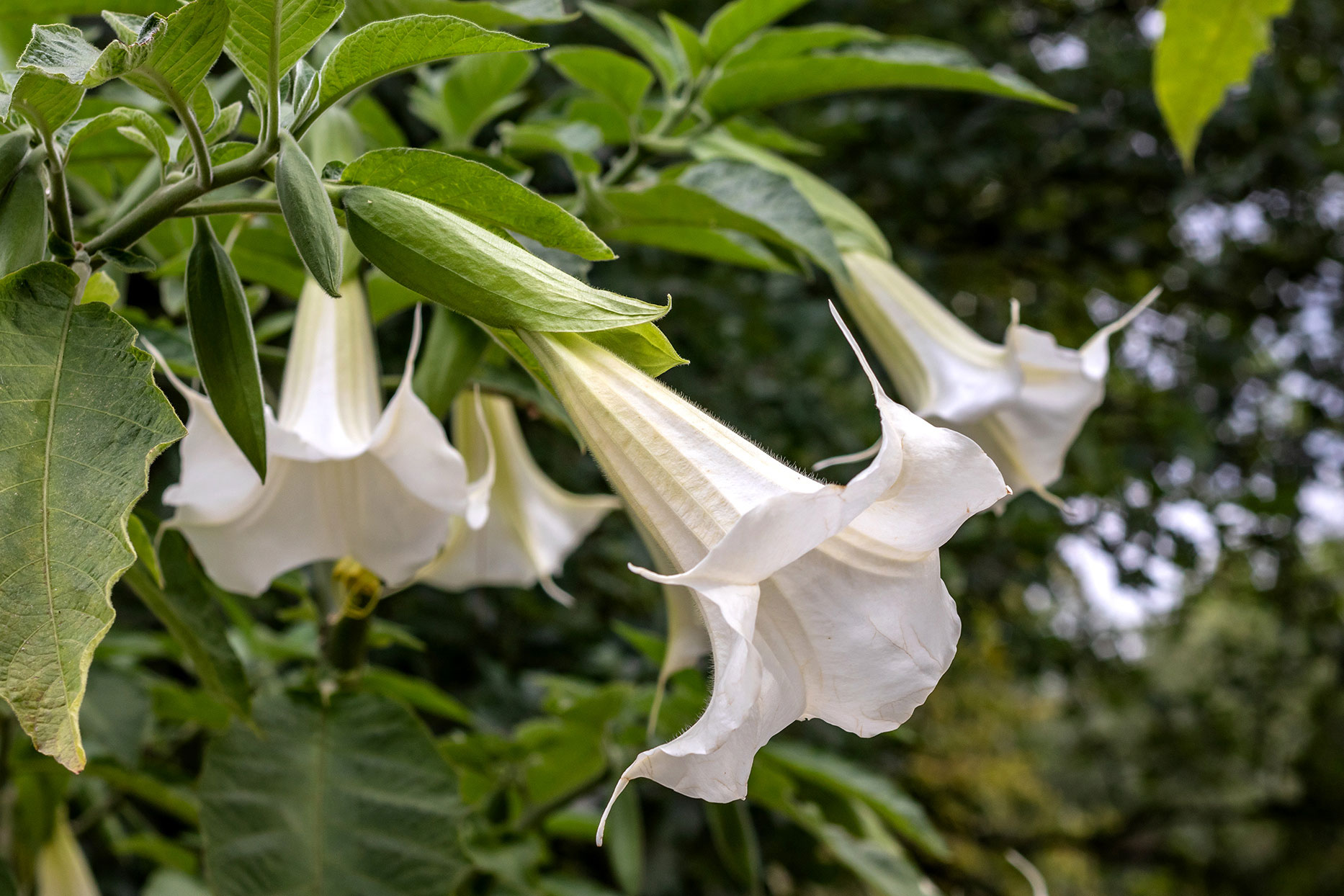
Featured Articles by Season
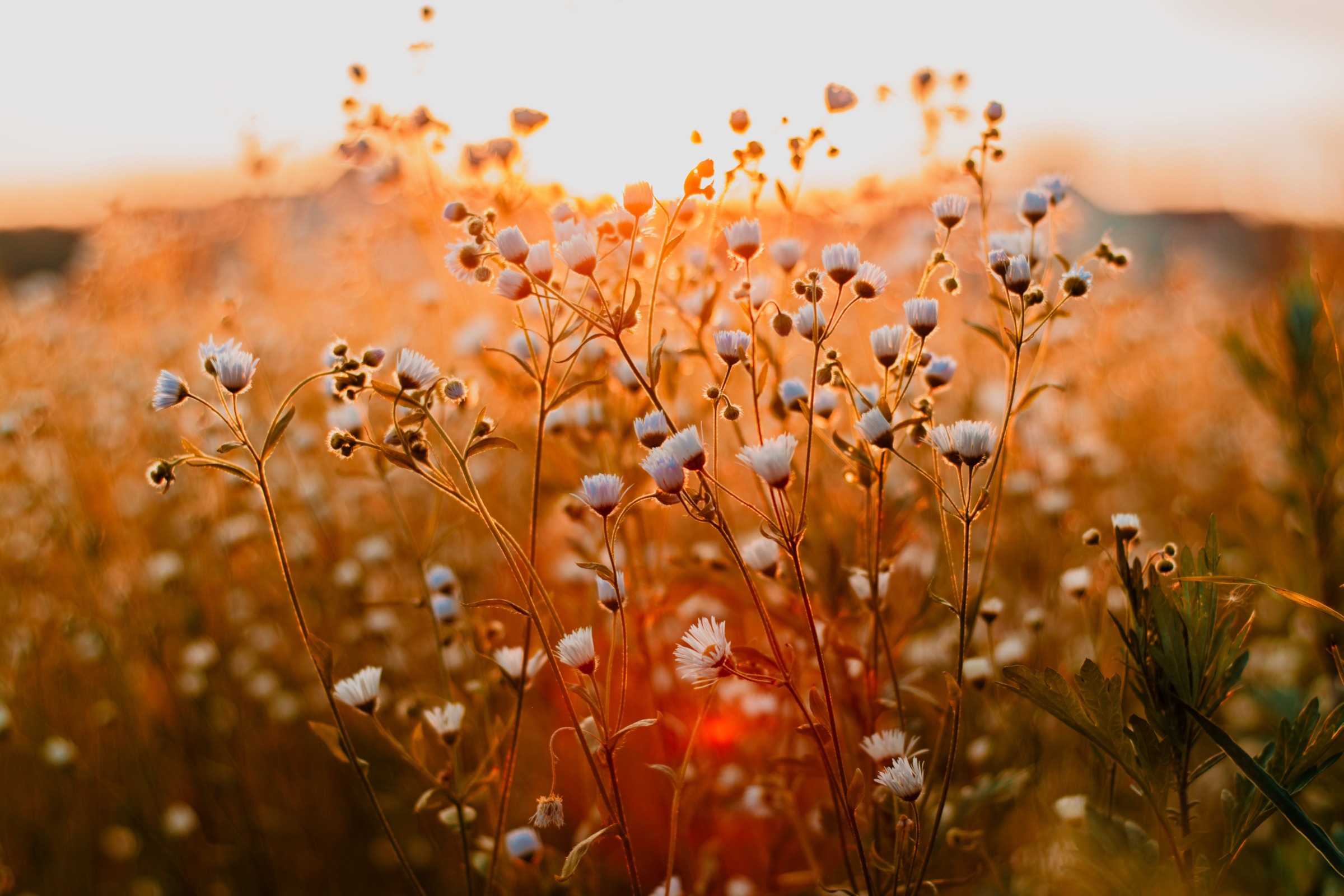
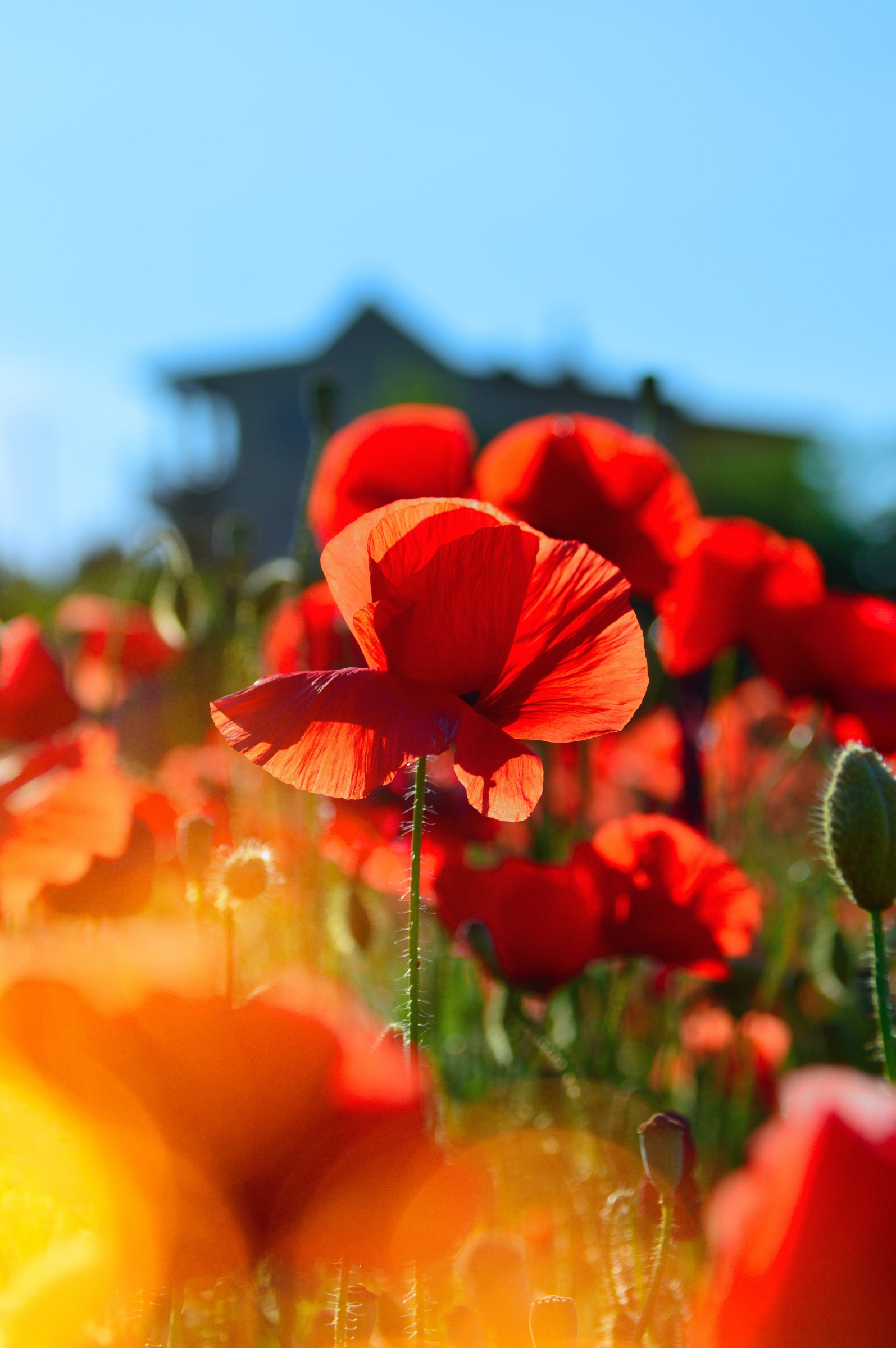
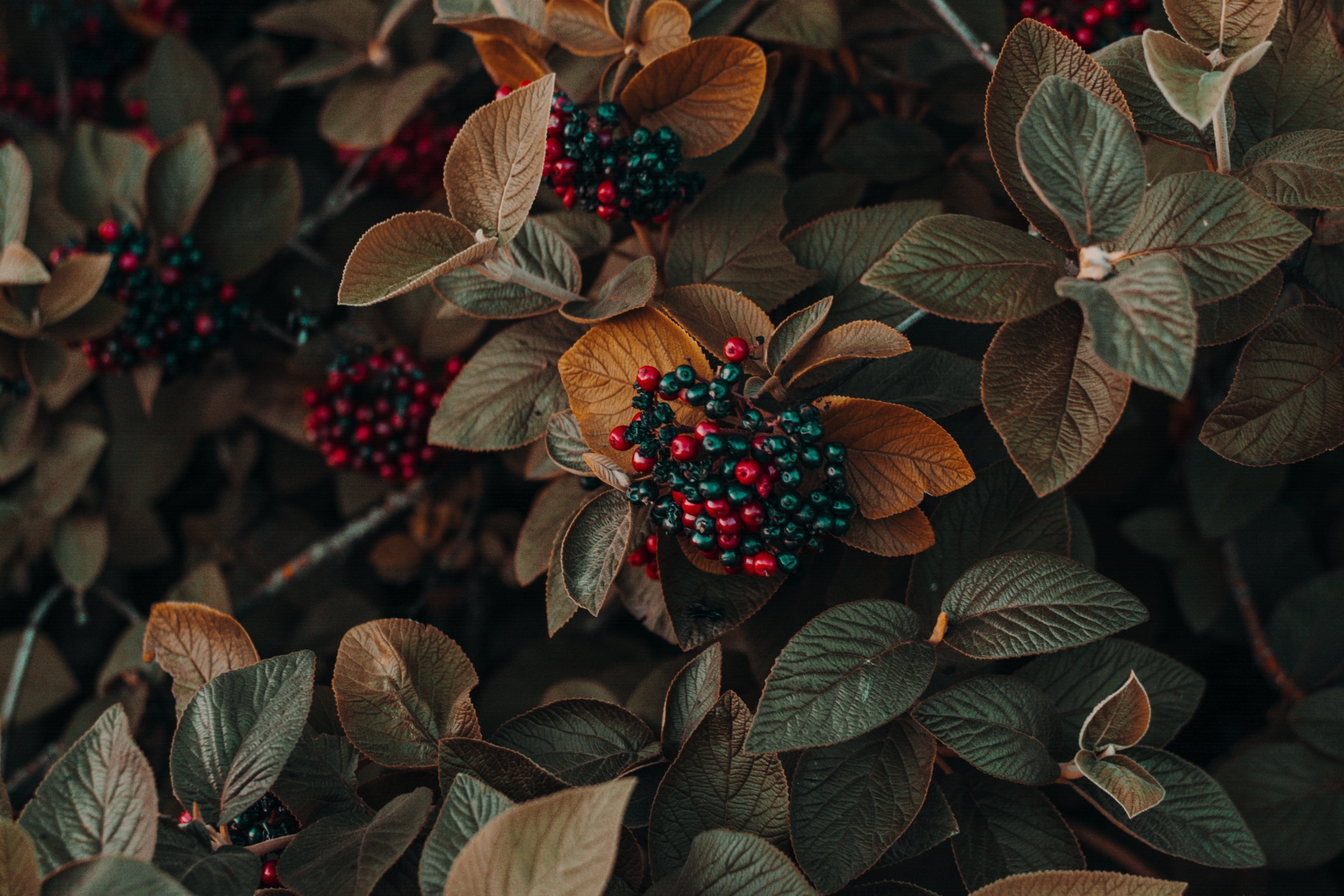
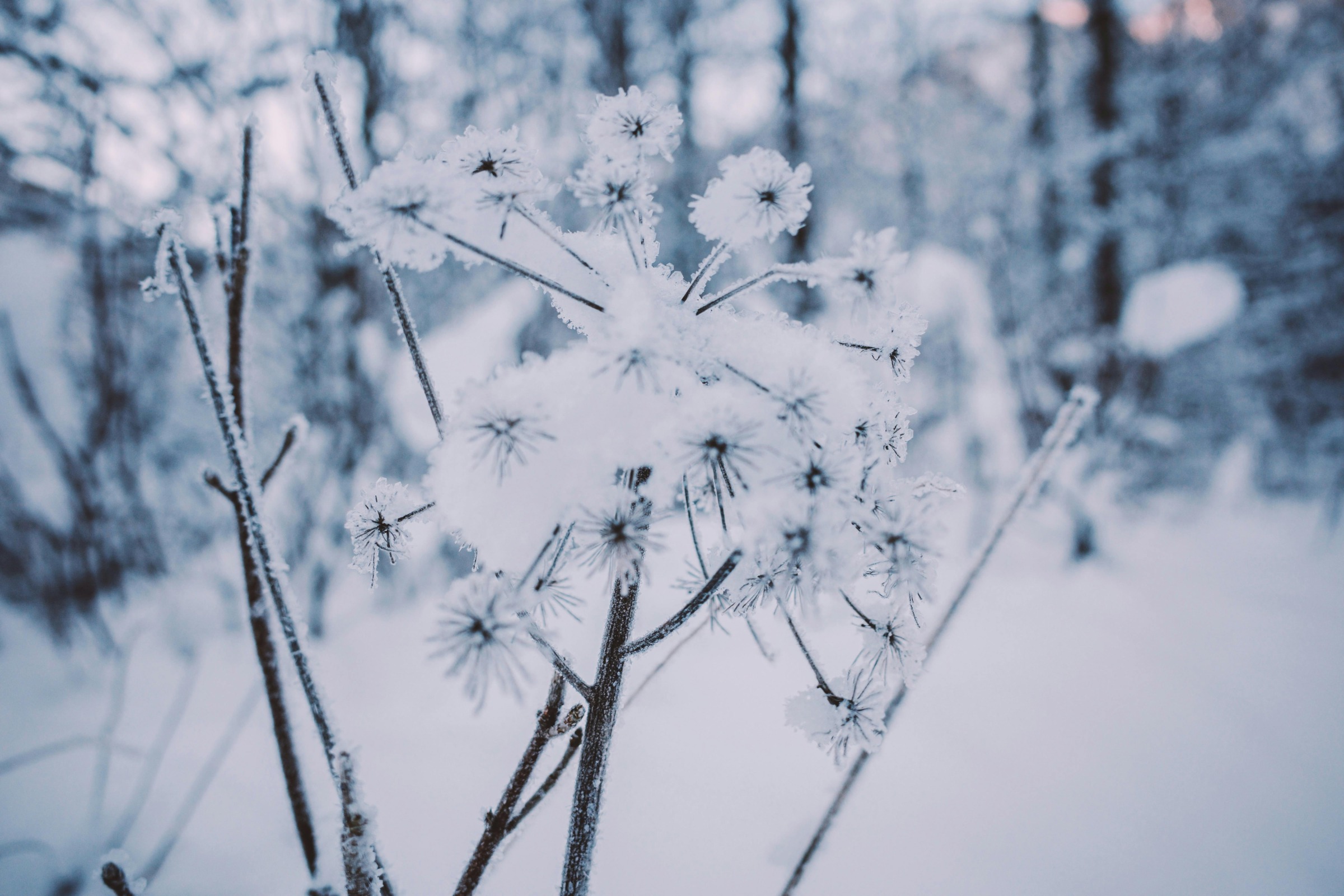
Latest from Wisconsin Yard & Garden
If you’re unable to find the information you need, please submit your gardening question here:
